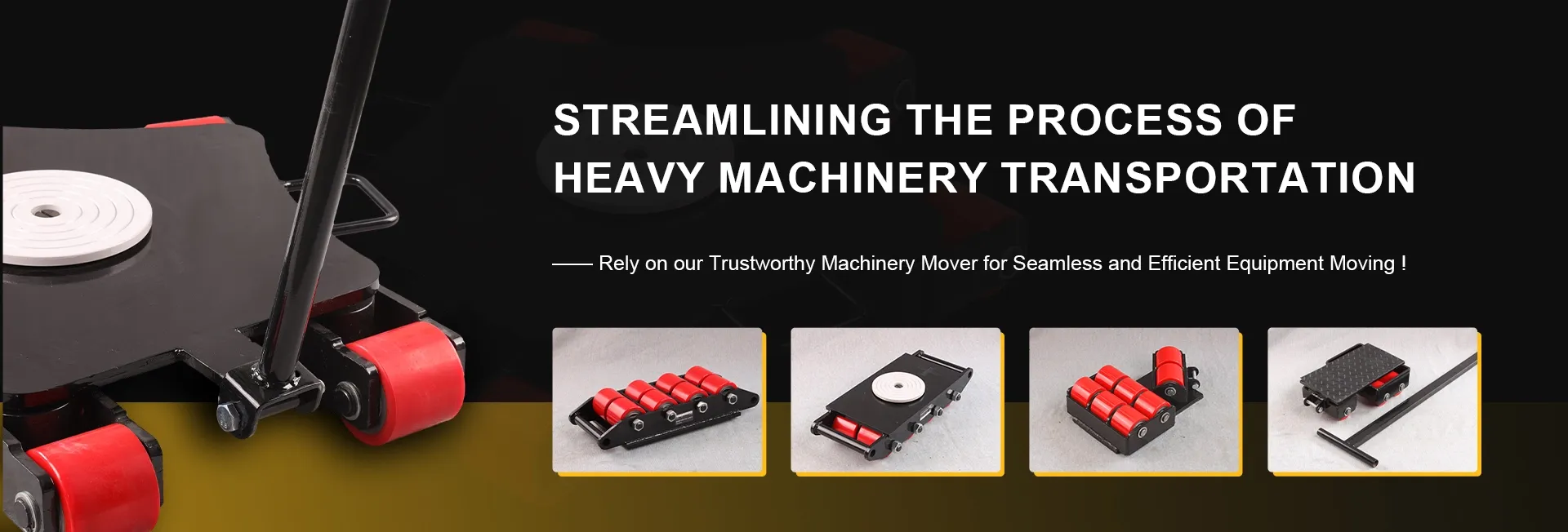cost of moving heavy machinery
The Cost of Moving Heavy Machinery An In-Depth Analysis
Heavy machinery plays a crucial role in various industries, including construction, mining, and manufacturing. However, moving this equipment from one location to another involves significant costs that businesses must consider to maintain profitability. In this article, we will explore the various factors contributing to the cost of moving heavy machinery, strategies to minimize these costs, and some industry best practices.
Factors Influencing the Cost
1. Type of Machinery The nature of the heavy machinery being moved heavily influences the cost. Larger and more specialized equipment, such as cranes or excavators, often requires more extensive logistics resources than smaller tools. Additionally, unique machinery may demand customized transport solutions, which can escalate costs further.
2. Distance and Route The distance between the origin and destination plays a pivotal role in the overall cost. Longer distances generally incur higher transportation fees, fuel costs, and potential tolls. Moreover, the selected route can affect costs; routes with road restrictions, lower weight limits, or needing special permits can introduce additional expenses.
3. Transportation Method Different methods of transport come with varied costs. Ground transportation using flatbed trucks is common, but shipping by rail or sea might be necessary for long-distance moves. Each method has its own pricing structure based on fuel, driver wages, and equipment requirements.
4. Loading and Unloading The costs associated with loading and unloading heavy machinery can quickly add up. This work often requires specialized equipment, such as forklifts or cranes, and skilled personnel trained to handle heavy loads safely. Employers must factor in labor costs for the workers involved, as well as any rental fees for equipment used in the process.
5. Insurance and Liability Ensuring your machinery during transport is essential to protect against potential damage. The type of insurance coverage you require can significantly impact the overall cost. Higher values for machinery or special coverage for specific risks may necessitate more expensive premiums.
6. Permits and Regulations Moving heavy machinery often requires permits, especially if the equipment exceeds weight or size restrictions. The application process for these permits can be complex, requiring time, effort, and fees that contribute to the overall cost.
cost of moving heavy machinery

Strategies for Minimizing Costs
1. Advanced Planning One of the most effective ways to reduce costs is to plan the move well in advance. Early planning allows companies to shop around for better transport rates and gives time for obtaining necessary permits.
2. Consolidation of Moves If multiple pieces of machinery need to be moved, consolidating these moves into a single transport operation can reduce costs significantly. This strategy minimizes trips, making use of available space and optimizing transportation resources.
3. Utilizing Experienced Transport Companies Partnering with established transportation companies that specialize in heavy machinery can yield cost savings. These companies are often familiar with regulations, routes, and best practices, making the entire process more efficient.
4. Regular Maintenance Ensuring that machinery is well-maintained can reduce the likelihood of breakdowns during transport, which can lead to unexpected costs. Regular inspections and repairs will ultimately help streamline the moving process.
5. Investing in Proper Training Investing in the training of staff members responsible for loading, transporting, and unloading machinery can greatly reduce mistakes and accidents. Well-trained employees are more efficient and can handle the machinery safely.
Conclusion
The cost of moving heavy machinery is influenced by various factors, including the type of equipment, distance, transportation methods, and essential permits. By understanding these elements and implementing proactive strategies, businesses can minimize their expenses and ensure a smoother transport process. In an industry where every dollar counts, optimizing the logistics of heavy machinery transport can directly influence a company's bottom line. By prioritizing planning, using experienced transport partners, and maintaining machinery, organizations can effectively manage the costs associated with moving heavy machinery while maintaining operational efficiency.
-
Unlock Seamless Relocation with Our Heavy Equipment Moving ExpertiseNewsJun.06,2025
-
Unleash Unrivaled Flexibility with Our Adjustable Gantry CraneNewsJun.06,2025
-
Unleash Heavy-Duty Efficiency with Our Industrial Gantry Crane SolutionsNewsJun.06,2025
-
Revolutionize Steel Handling with Our Magnetic Lifter RangeNewsJun.06,2025
-
Master Equipment Mobility with Premium Machinery Mover SolutionsNewsJun.06,2025
-
Elevate Your Material Handling with Magnetic Lifter TechnologyNewsJun.06,2025
-
YS Permanent Lifting Magnets: The Smarter Way to Handle SteelNewsMay.22,2025
